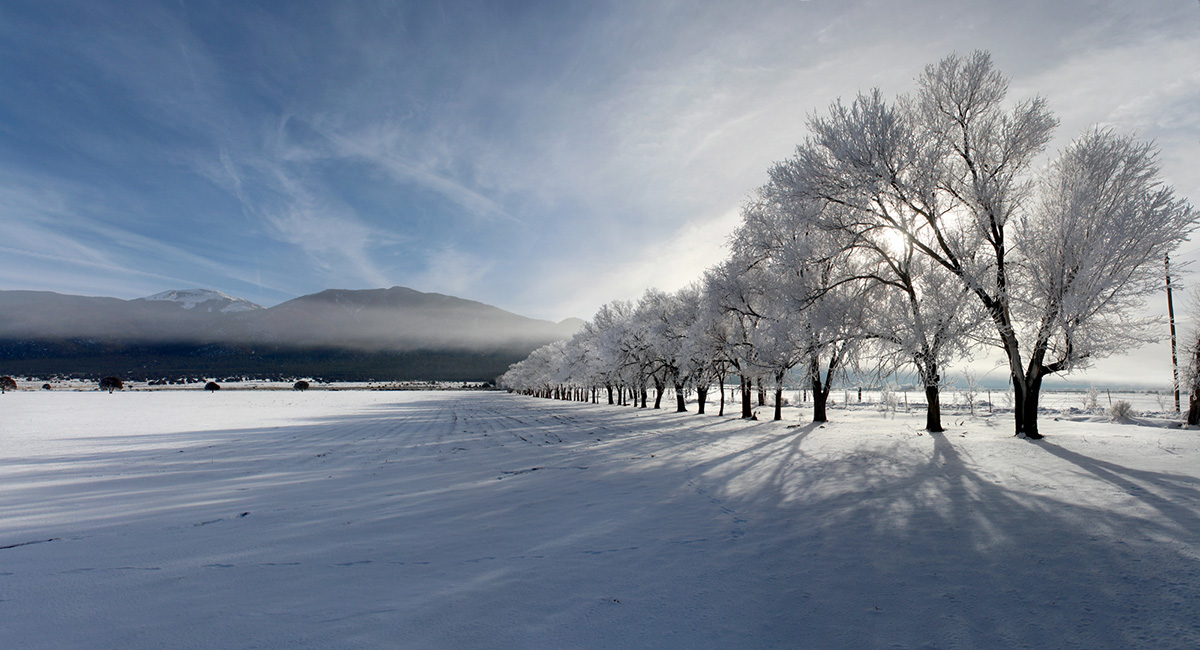Winter watering is like most other things we classify as ‘chores’. We hear about it, it sounds like a good idea, and then we’re like, “Wait, how do I do that again?” And then we do something else. Sound familiar?
I get it. There are a few things that need to align perfectly for it to happen:
- Outside temperatures need to be reaching the high 40s or higher for a few days so that the trees are actively moving the water, and the ground/hoses aren’t frozen.
- You need a few hours to move the hoses around and then drain them before it freezes overnight. (A drip system saves a lot of time, but sometimes you’re watering your trees by draining the rain barrels.)
- You have to set a timer on your phone to move the hose every 15 minutes or so.
- And brrr sometimes you just wanna stay inside where it’s warm.
- So here are some tips to help get that spatula under your tush to flip yourself outside into the brisk, fresh air… to do some winter watering:
- Motivation: The resilience that trees have in the summer comes from winter watering. Yes, that’s right! If we want our trees to have the reserves to make it through the heat then we need to give them a good, deep (24”) watering once a month in winter.
- When: Our winters are becoming drier than usual, but thankfully we’ve had some good snows this winter. This month is technically the last month for winter watering down in Albuquerque, but up in Taos winter watering continues though May, as the last frost date is late May. Do one good, deep watering each month until then, unless there’s at least 6” of snowfall each month. In June, shift to every 2 weeks.
- How: Use your drip system, a hose with sprinkler attachment, or just a hose on low. If using a hose, move it to a new location every 15-30 min. Check the depth that the water has reached with a small trowel. Every site’s percolation rates will vary due primarily to soil type. Get to know your own site.
- An awesome resource: https://www.505outside.com/ The folks at the Water Authority have put together very easy-to-follow directions on this page, including downloadable guides and charts! This site is Albuquerque-centric, so just roll the dates forward and backward to account for a later frost date (end of May, beginning of June) and first frost date (end of September), so that the winter section of the charts is longer, and summer is shorter.
- Change your mind: I find that if I see it as one more chore, then I have some resistance and it feels ordinary. But if I can change my outlook to be one of looking after the space I’m caretaking, of helping the local wildlife, and getting to be outside in the brisk, fresh air… then I’m more likely to not just do it, but enjoy doing it!
For more information about learning to care for trees in New Mexico, visit https://treeschoolnm.com/ or give us a shout at hello@treeschoolnm.com.


